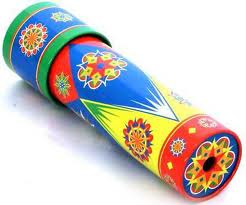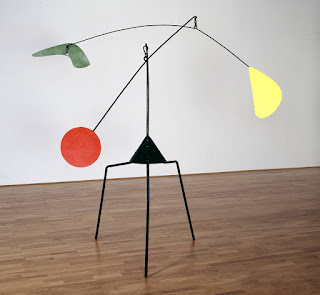PAINTINGS |


Murakami's exhibit is overwhelming, dense with caricatures aligned in front of teeming landscapes. I puzzled out the references to past Chinese and Japanese art by finally remembering that the Buddha in Japan is often represented humorously.
The beautiful old screen above gives me an idea about how Murakami designed his own large canvas, pictured below. Perhaps the blue tree is the Bodhi Tree, with various seekers who have endured various trials in search of nirvana resting beneath it. I wish they didn't remind me of Mad Magazine drawings, though they are very amusing and creepy.
 |
| 100 Arhats, 118 1/8x 393 11/16, 10 panels, 2013 |
Or perhaps their sources are contemporary anime, with which I admit a lack of familiarity. Murakami's brain must seethe with plenty.
 |
| Red Demon and Blue Demon with 48 Arhats, 118 1/8 x 196 7/8, 5 panels, 2013 |
 |
| detail |
I think this looks like Mother Teresa - though I don't recognize any of the other images. I really didn't feel I had time to try, either. I decided that Murakami's view of the world is kind,comical and truthful: he sees a ship of fools trying to perfect ourselves.
SCULPTURE:
 |
| Flame of Desire - Gold, 2013, 475cm |
Murakami's arhat is a vanitas arhat, the skull nestled in golden flames. Do they destroy or create, or both, as Shiva's dance suggest? The arhat sculptures shift the paintings away from their humorous purity and create transcendent presence and meaning in the gallery.
Another room has several of Murakami's signature daisy motif and skulls in horror-vacuii all-over paintings of laughing mouths and grimacing skulls. They intrude and blare, images obese with superficial attraction.
There is no judgment here, just opposition of joy and death.
Murakami and his dog lie peacefully side by side peacefully atop a bed or his tomb in the last room.
References that I found in earlier works Murakami made to a nihilistic, escapist post-war Japanese world view seem to be now balanced to acceptance of life's pain and an arrival at a Zen moment-to-moment perspective. There's real warmth, truth, and then grit in the artist's magnanimity.
"...A lightning rod between different cultural valencies [sic - valences?] (high/low, ancient/modern, oriental/occidental), Murakami has stated that the artist is someone who understands the borders between worlds and who makes an effort to know them." - Gagosian Gallery HongKong website " , from " Flowers and Skulls", Murakami's November 2012 exhibition.
The gallery photos are mine; one is allowed to photograph, unlike many museums. Historical photos are web-sourced.



















































